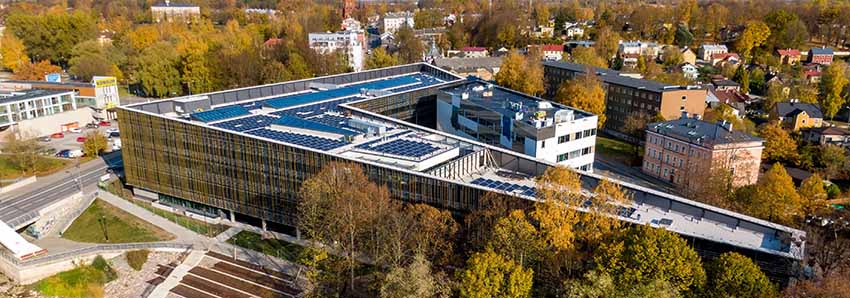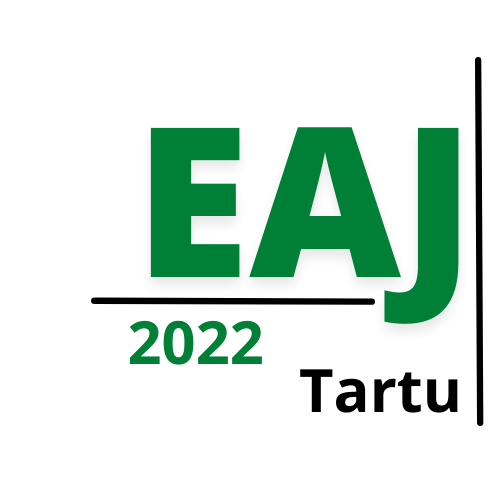
European Actuarial Journal Conference 2022 Tartu, Estonia
About Tartu
Tartu is the second-largest city in Estonia, after the political and financial capital, Tallinn. Tartu lies on the Emajõgi river, which connects the two largest lakes in Estonia, Lake Võrtsjärv and Lake Peipsi. Tartu has a population of around 100,000 in an area of 154 square kilometres.
Tartu, which is considered the “capital of Southern Estonia”, is also often considered the intellectual centre of Estonia, especially as it is home to the nation’s oldest and most renowned university, the University of Tartu. Tartu incorporates the Supreme Court of Estonia, the Ministry of Education and Research, the Estonian National Museum and the oldest Estonian-language theatre, Vanemuine. It is also the birthplace of the Estonian Song Festival.

Tartu will be the European Capital of Culture in 2024.
Architecture and sights
The architecture and city planning of historical Tartu mainly go back to the pre-independence period, with Germans forming the upper and middle classes of society, who therefore appointed many architects, professors and local politicians.
The most notable sights are the old Lutheran St. John’s Church, the 18th-century town hall, the university building, ruins of the 13th-century cathedral, the botanical garden, the main shopping street, many buildings around the town hall square and Barclay Square.
The historical slum area called Supilinn (Soup Town) is located on the bank of river Emajõgi, near the town centre. At the moment Supilinn is being rapidly renovated, undergoing a slow transformation from the historic slum into a prestigious high-class neighborhood. The active community embodied by the Supilinn Society is committed to preserving the heritage.
The Second World War destroyed large parts of the city centre and during the Soviet occupation, many new buildings were erected – notably the new Vanemuine Theater. The effects of the war are still witnessed by the relative abundance of parks and greenery in the historic centre. Typical Soviet-style neighbourhoods of blocks of high-rise flats were built between World War II and the restoration of Estonian independence in 1991, the largest such district being Annelinn. Presently, Tartu is also known for several modern buildings of the “steel, concrete and glass” variation, but has managed to retain a mix of old and new buildings in the town centre.

The main building of the University of Tartu. Photo: Ivar Leidus.
The University of Tartu main building is a gem of classical architecture in Estonia. The building was constructed in 1804–1809 according to the designs of the University architect Professor Johann Wilhelm Krause. All important events in the life of the university have been celebrated in its main hall since then. The good acoustics of the hall have made it a popular venue for concerts and conferences. You can visit the main hall and the former lock-up room on the attic floor of the building, both of which are considered pearls of classicistic architecture in Estonia, through the University of Tartu Art Museum.
Overview of interesting sightseeing options in Tartu:
- Sightseeing recommendations by Visit Tartu
- The best things to do according to TripAdvisor
- Tartu travel guide by Visit Estonia
- List of museums in Tartu
- Tartu in your pocket



